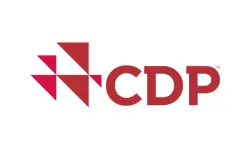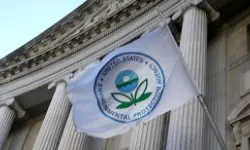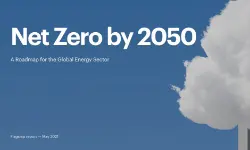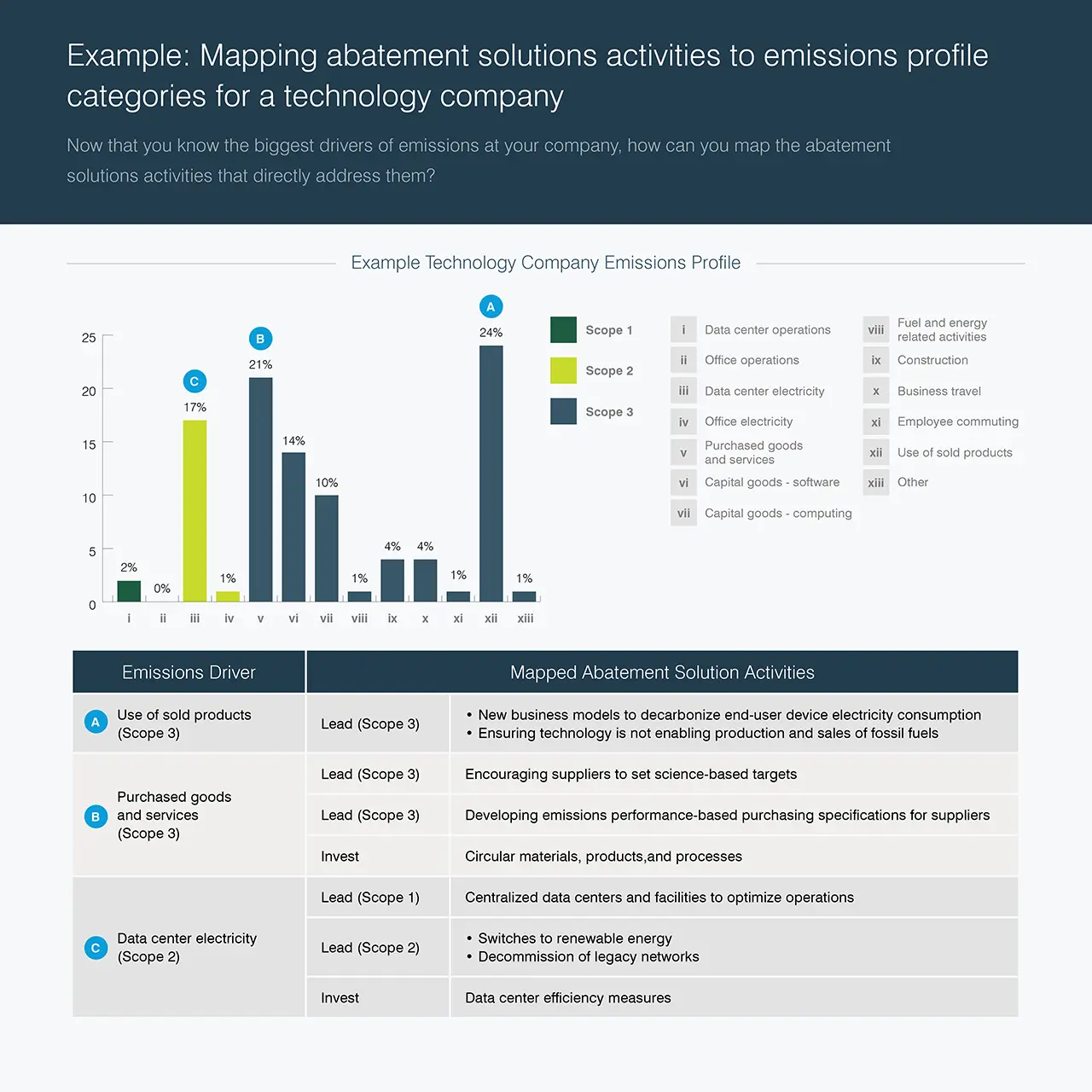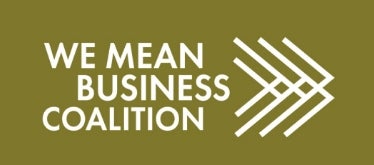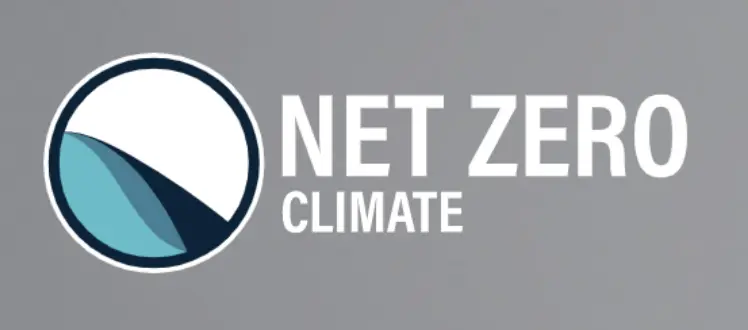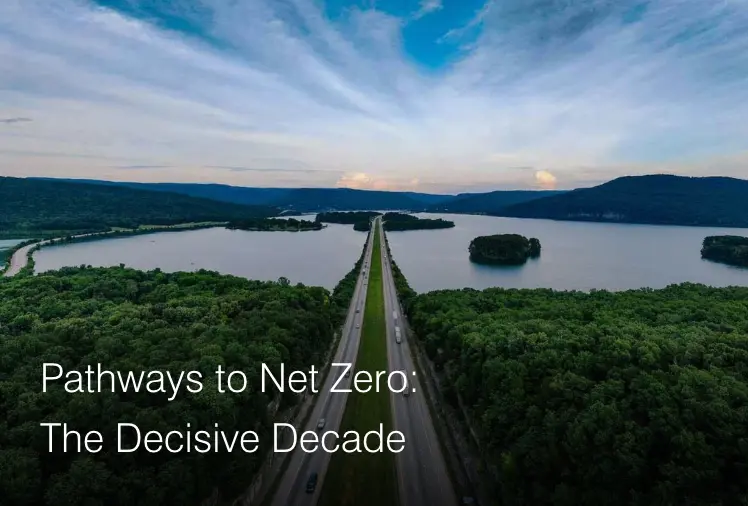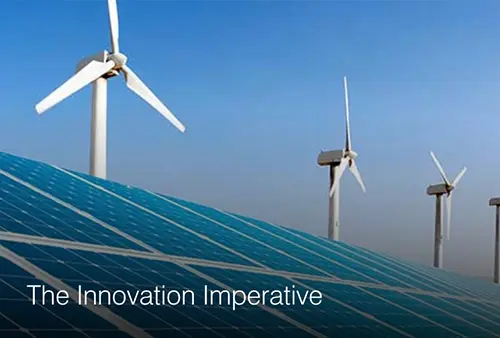Pathways to Net Zero: The Decisive Decade
Pathways to Net Zero: The Decisive Decade
A roadmap for companies to accelerate climate progress.
We are in the “Decisive Decade” for climate action. The imperative to act now and halve emissions by 2030 on the pathway to net zero has never been higher. More than ever before, the private sector is on board for making the essential changes the planet urgently needs – not only to meet global targets, but to build and retain a competitive advantage, generate long-term value, and minimize risk.
This report, produced by EDF in collaboration with Deloitte, sheds light on how companies can turn their net zero pledges into real results by identifying and prioritizing the highest-impact solutions using a tailored emissions profile as the foundation.
01 Identify & Map
Identify potential abatement solutions and map the abatement actions to emissions profile categories.
Emissions Profile
In order to build a baseline understanding of what is required for your pathway to net zero, you must first measure and understand your current emissions.
A strong emissions profile combines three key elements: Scopes 1, 2 and 3, subcategories and GHG type. This level of GHG accounting is essential for building an emissions profile that can be the foundation for the work ahead. Standards and tools for emissions measurement and reporting include:
Emissions Measurement and Reporting Standards
Requirements and guidance for companies preparing a GHG emissions inventory
Standards for public reporting of sustainable accounting data
Global Reporting Initiative Standards
Framework for creating organizational sustainability reports
Emissions Measurement and Reporting Tools
Free, web-based tool for companies to estimate their emissions based on company spend
Climate change questionnaire to help disclose and manage environmental risks and opportunities
Resources, tools, and frameworks to help small and medium businesses track and disclose emissions.
A Comprehensive Climate Goal
On the pathway to net zero, companies must:
| 1 | Implement near-term science-based goals for decarbonization of your operations and value chain. |
|---|
| 2 | Accelerate investments in natural climate solutions within and beyond your value chain to maximize overall climate benefits. |
|---|
| 3 | Ensure methane is addressed in your emission reduction strategy. |
|---|
| 4 | Support and influence net zero-aligned climate policy. |
|---|
But net zero pledges are only the beginning. Companies need to urgently translate commitments into action to slash emissions over the next decade. Every company – including those in hard-to-abate sectors – will need to take advantage of a range of potential opportunities to lead, invest, and advocate to meet climate goals.
Identify
To start, you can locate a set of abatement solutions relevant to your sector or industry by referencing a combination of cross-sector abatement solution resources, including:
Cross-Sector Abatement Solution Sets
Includes sets of abatement solutions for transportation, agriculture, retail, and technology
Project Drawdown Table of Solutions
Cross-sector and sector-specific climate solutions, ranked by CO2e reduction potential
EPA’s GHG Reduction Programs & Strategies
Resources and guides to identify and implement GHG reduction opportunities
Sector-Specific Abatement Solution Sets
Roadmap for global energy sector to reach net zero emissions by 2050
Industry: UN Climate Action Pathway
Action table with specific recommended climate actions for each heavy and light industry
Transport: UN Climate Action Pathway
Action table with specific recommended climate actions transportation
Abatement solutions must also identify strategies to invest or advocate in a way that enables others to move faster in their net zero journey. The lead, invest and advocate framework should be incorporated into the process of identifying solutions and actions.
An example in action
To see how this works in practice, here’s an example set of abatement solution activities for a technology company organized using the lead, invest, and advocate framework.
Champion net zero in your own business
Scope 1
- Building retrofits
- Equipment efficiency upgrades
- Adjustments to temperature, ventilation,
and lighting to reduce energy use,
including building automation - Reduced demand for new buildings
- Centralized data centers and facilities to
optimize operations
Scope 2
- Switches to renewable energy
- Low-carbon heating and cooling
- Decommission of legacy networks
Scope 3
- Ensuring products and services are not
enabling production and sales of fossil
fuels or other destructive practices - New business models to decarbonize
end-user device electricity consumption - Circular materials, products, and
processes - Purchase of high-quality carbon credits
- Encouraging suppliers to set science-
based targets
Invest in short-term and long-term solutions
- New data center efficiency measures
- Innovation in technologies and platforms
that support carbon reduction across
sectors - Partnerships with low-carbon
construction capabilities - Technology for buildings to produce
their own energy
Advocate for policies consistent with net zero by 2050
- Renewable energy incentives
- Policies that support building retrofits
and onsite renewable energy - Ongoing grid decarbonization
- Incentives for efficient technology
Map
After developing a list of abatement solutions, the next step is to map the actions to emissions profile categories.
To conduct the mapping, create a table that lists company emissions sources from largest to smallest categories of emissions based on volume and GHG type (i.e., ensuring inclusion of high-intensity greenhouse gasses such as methane).
Then, map the abatement solutions to each row by selecting the activities that would directly reduce each type of emissions. After completing the mapping, you will have a short list of abatement solution activities to evaluate and prioritize.
Using the same technology company example from before, here’s a graph to show what mapping abatement solutions activities to emissions profile categories can look like.
To accelerate action, you can use our Evaluation Scorecard as a starting point for abatement solution evaluation criteria.
Each abatement solution will have its unique benefits and drawbacks; selecting one solution over another will inevitably entail tradeoffs and complex choices. Your scorecard results will help to visualize the data and understand the balance of attributes within your portfolio of potential solutions, which will inform decisions about where to prioritize and how to invest. The Evaluation Scorecard allows you to enter and score up to ten potential abatement solutions against four major criteria (along with relevant sub-criteria). These four criteria are designed to prioritize solutions that maximize climate abatement in a way that creates financial value for your business and drives just outcomes for stakeholders.
After scoring each of the abatement solution activities against the Evaluation Scorecard, the next step is to compare the results side-by-side to understand the relative benefits and tradeoffs of each opportunity.
03 Prioritize
Using the emissions profile, the solutions map, and Evaluation Scorecard, prioritize near- and long-term abatement solutions for implementation.
With these tools, you can make strategic decisions about which abatement solutions to implement and how to implement them. Guiding questions to support the final prioritization of abatement solution activities based on mapping and evaluation include:
Which abatement solution should you prioritize?
You should prioritize solutions that are:
In the “top right” (i.e., high business value and high feasibility)
The “big circles” (i.e., solutions with the highest climate abatement potential)
The “teal circles” (i.e., solutions that improve equity and justice)
How can you improve the potential of solutions that scored poorly?
Low climate abatement: Assess opportunities to collaborate with coalitions and influence policy to drive greater scale of abatement
Low business value: Explore potential government subsidies
Low feasibility: Invest in R&D within and outside the organization
Low equity and justice: Involve outside stakeholders to reimagine the solution design
04 Get Started
Secure the funding and resources to begin planning and investing in the necessary high-impact solutions.
The Net Zero Value Lever Map
Use the Net Zero Value Lever Map to pitch the case for investment to internal company leadership to secure the funding and resources required. Start with quick wins to gain early momentum and buy-in, and identify the high-impact solutions to begin planning and investment now.
Customer Acquisition
Differentiate brand, product and/or service to attract new, values-driven customer segments who prioritize sustainability when making purchasing decisions.
Customer Loyalty
Retain customers and increase “share of wallet” due to improved brand reputation and loyalty from values-driven strategy, operations, and product and service offerings.
Price Premiums
Utilize sustainable attributes of products and/or services to capture price premiums where there is demonstrated customer willingness to pay for more sustainable products and services.
Product and Service Innovation
Use emissions reduction activities as an engine of innovation to develop new, low emission products and services (e.g., in-setting) and invest in nascent emissions reduction technologies and solutions.
Offsets and Credits
Grow and diversify revenue by capitalizing on carbon offsets, renewable energy tax credits, and other ways to create new business models from emissions reduction activities.
Operational Efficiency
Reduce operational costs by improving efficiency of company energy, water, land use, PP&E, and other assets and inputs.
Raw Material and Waste Disposal
Reduce need for required inputs and waste processing by converting to circular business models that require fewer raw materials and produce less waste.
Cost of Capital
Decrease cost of equity and debt capital due to demonstrated trend of investors setting lower return expectations and banks issuing lower interest rates to companies that exhibit responsible environmental practices.
Talent
Increase engagement and reduce turnover and recruitment costs by aligning company and employee values and adapting to the increasing trend of employees selecting employers based on environmental and social responsibility.
Taxes and Penalties
In countries with a mandatory carbon system such as a carbon tax or cap and trade, as well as regions considering adopting one, decrease direct liabilities by reducing company emissions.
Supply Chain Risk
Reduce risk of operational performance challenges by incorporating climate risk and resilience into all supply chain activities (e.g., sustainable supplies, extended risk horizon, renewable energy).
Brand Risk
Protect against damages to brand reputation from not successfully achieving or reporting on public emissions reduction goals and bolster brand by contributing to sustainability solutions within and outside the company.
Regulatory and Public Policy Risk
Increase readiness for changing climate regulations and public policy, avoid lawsuits, and help shape policy as an actively engaged, early mover towards net zero.
Shareholder Risk
Increase ability to raise capital from investors due to reduced long-term climate risk (policy, weather, customer preferences, etc.) and reduce likelihood of climate-related activist investor takeover.
License to Operate Risk
Increase the likelihood of community, employee, and NGO support of company priorities and reduce the likelihood of negative advocacy efforts that could be costly and damaging to the brand.
The Importance of “Quick Wins”
Near-term, immediate action is essential for meeting 2030 emissions reduction requirements. These “quick win” solutions are often the low hanging fruit such as improving efficiency and waste, which can offer strong economic returns in addition to emissions reduction. Politically, “quick wins” are a powerful tool for gaining buy-in, funding, and resources for continued climate abatement work within an organization.
Pre-Competitive Collaboration
You will be able to go further and faster through shared learning and working together to overcome barriers and find innovative solutions. These groups – all of which aim towards resource-sharing, cross-sector collaboration, and co-investment – are making it possible to go beyond a single company and catalyze change across entire industries.
Pathways to Net Zero: A Guide for Business
Our inaugural report in the Pathways to Net Zero series, “A Guide for Business,” was also produced with support from Deloitte. This first guidebook gives business leaders the clarification needed to accelerate the transition to a sustainable and more equitable future – and to turn commitments into action and results.
Pathways to Net Zero: The Decisive Decade
The second report in our Pathways to Net Zero series is the first of its kind, providing a step-by-step outline for companies to take action toward executing on their commitments. Climate leaders can find details on:
- Concrete, practical steps for advancing a company’s net zero journey within the Decisive Decade.
- How a tailored emissions profile — including separating out operational and value chain emissions, looking at different categories of emissions, and identifying long- and short-lived greenhouse gases — helps set the foundation for identifying and prioritizing near-term solutions.
- Opportunities to lead, invest, and advocate to meet climate goals.
The Innovation Imperative
EDF and Deloitte’s third installment of the Pathways to Net Zero series, “The Innovation Imperative,” aims to demystify the landscape of net zero innovation by identifying potential climate innovations, prioritizing their potential for impact, and recommending strategies to accelerate their development and adoption at scale. Reaching net zero emissions by 2050 to avoid the worst impacts of climate change hinges on companies making strategic, targeted investments in promising climate innovations while continuing to rapidly deploy the solutions available today.
Case Studies
To accelerate progress, companies should look to peers within or outside of their industries to better understand leading best practices and learn from real-world examples.









